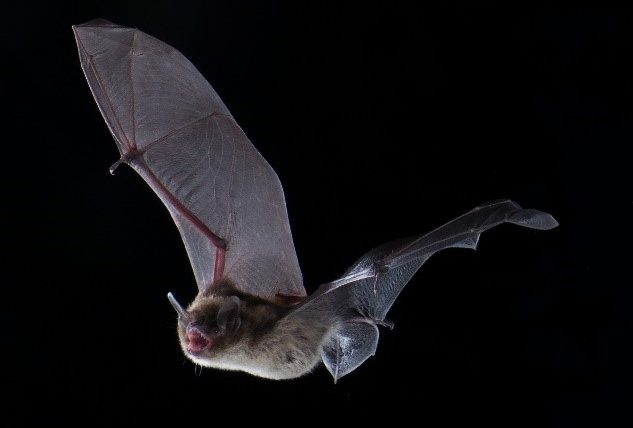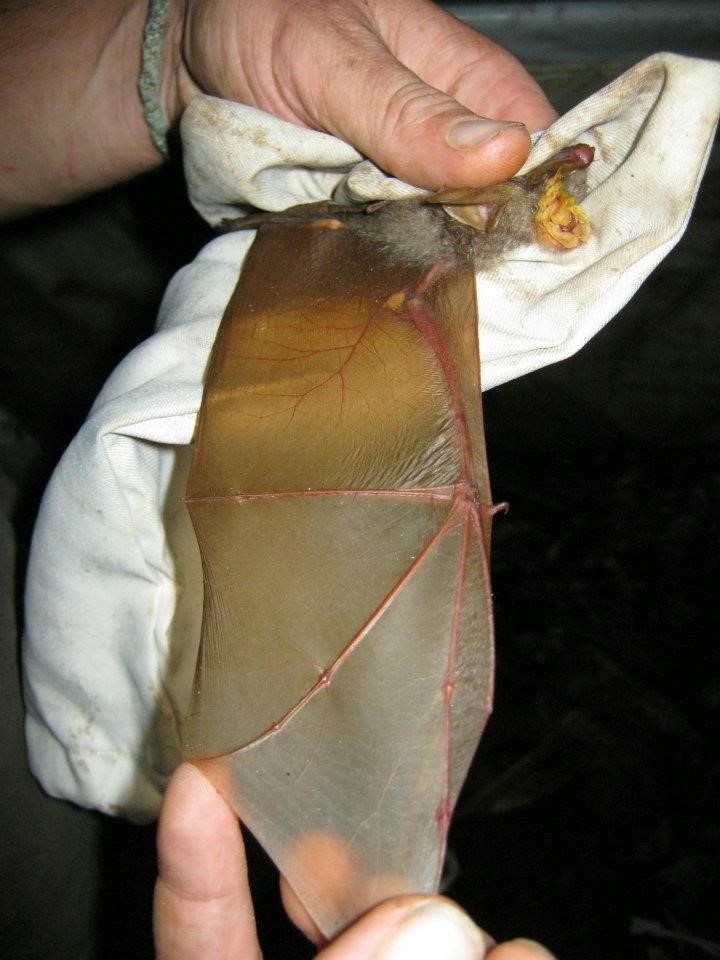In Defense of Bats: Why bats need protection now more than ever
Bats are one of the most misunderstood and often feared species. They are also declining in population around the world.
Despite their bad reputation, the importance of bats to the health of nature and people cannot be understated.

Bats are what’s known as an indicator species, meaning they can tell us a lot about the health of an ecosystem. They are sensitive to changes in the environment, so their presence can indicate that an ecosystem is relatively healthy.
They also provide a wide variety of ecosystem services. While many fear “blood-sucking bats,” the reality is only three of the 1,300 types of bat species drink animal blood, the rest primarily consume insects and fruits.
Insect-eating bats help control insect populations, including some of the most damaging agricultural pests. Some bat species can even eat their entire body weight in insects in a single evening.
Fruit-eating bats act as pollinators and seed dispersers, and they can even help regenerate forests after they’ve been cleared for other uses. In fact, over 300 different food producing plants depend on bats for pollination including mangos, bananas, peaches, as well as agave – which is where tequila comes from! Even the world’s smelliest fruit – the economically and culturally important durian fruit – is pollinated by bats in Southeast Asia.
Globally, bat populations are in decline due to a number of factors including habitat loss and fragmentation, as well as climate change. In Canada, bats have been greatly impacted by white nose syndrome, which is a fungal disease that affects hibernating bats. The fungus causes bats to wake up more frequently during the winter, using up their limited fat reserves very rapidly. Dead or dying bats are frequently observed with a white fuzz around their muzzles, hence the name “white-nose syndrome.”
In 2014, three bat species in Canada (little brown, Northern long-eared myotis and tri coloured) were Emergency Listed to the Species at Risk Act due to the devastating effects of white nose syndrome. In some places, the fungus has wiped out entire colonies of bats. White nose syndrome is primarily spread between bats, or from the cave environment to bats. It can also spread when people inadvertently carry the fungus from one bat roost to another on their shoes, clothes or equipment.
Sadly, COVID-19 has brought on a whole new issue for bats, as they’ve been unfairly blamed for the global pandemic. Although bats are known to carry strains of coronaviruses, the source of the SARS-CoV-2 virus is still unknown. And scientists continue to investigate how the virus responsible for the COVID-19 pandemic came into contact with humans.
This new fear of bats puts the species in even more danger as bats have been intentionally killed or culled all around the world in the name of trying to keep people safe. Regardless of the viral origins, COVID-19 is now a human disease and the risk of contracting the virus is from person to person, not from wildlife.

Interestingly, a lot of medical advances have been made because of bats, because contrary to popular belief, bats are much more closely related to humans than rodents. Did you know vampire bat saliva has been used to help understand blood clots? It’s true, and a compound called draculin (as in Count Dracula) has even helped improve treatments for stroke victimsi. It is also believed that derivatives from their saliva can help with other conditions such as kidney diseases, heart failure, and hypertension. Bats are also capable of living for an exceptionally long time for their body size and are known to be less prone to cancer.
It is possible that we may find ways to predict, and therefore possibly prevent, future pandemics through studying bats and their relationship with virusesii. Bats do not get sick from many of the viruses that they carry and are able to carry many viruses without having any symptoms themselvesiii. In fact, they carry the largest number of zoonotic viruses compared to any other mammaliv.
One of the areas of research that scientists are investigating is how the viruses that have evolved in bats are able to withstand their high body temperatures, which typically reach 38-41 degrees Celsius when bats are in flight. This is a challenge for humans, as our bodies have evolved to react to pathogens by developing a fever, which typically kills viruses and bacteria that cause infection in people.
Recently, a team at the University of Saskatchewan determined how bats carry another type of coronavirus, the Middle East Respiratory Syndrome (MERS) coronavirus, without getting sick. This research may help us understand how coronaviruses are able to be transferred from bats to people and other animals. This work also showed that stress in bats may also play a role in coronavirus’s ability to jump to other species. Ironically, this stress may occur from other infections like white-nose syndrome, or possibly habitat loss and other human-induced threatsv.
